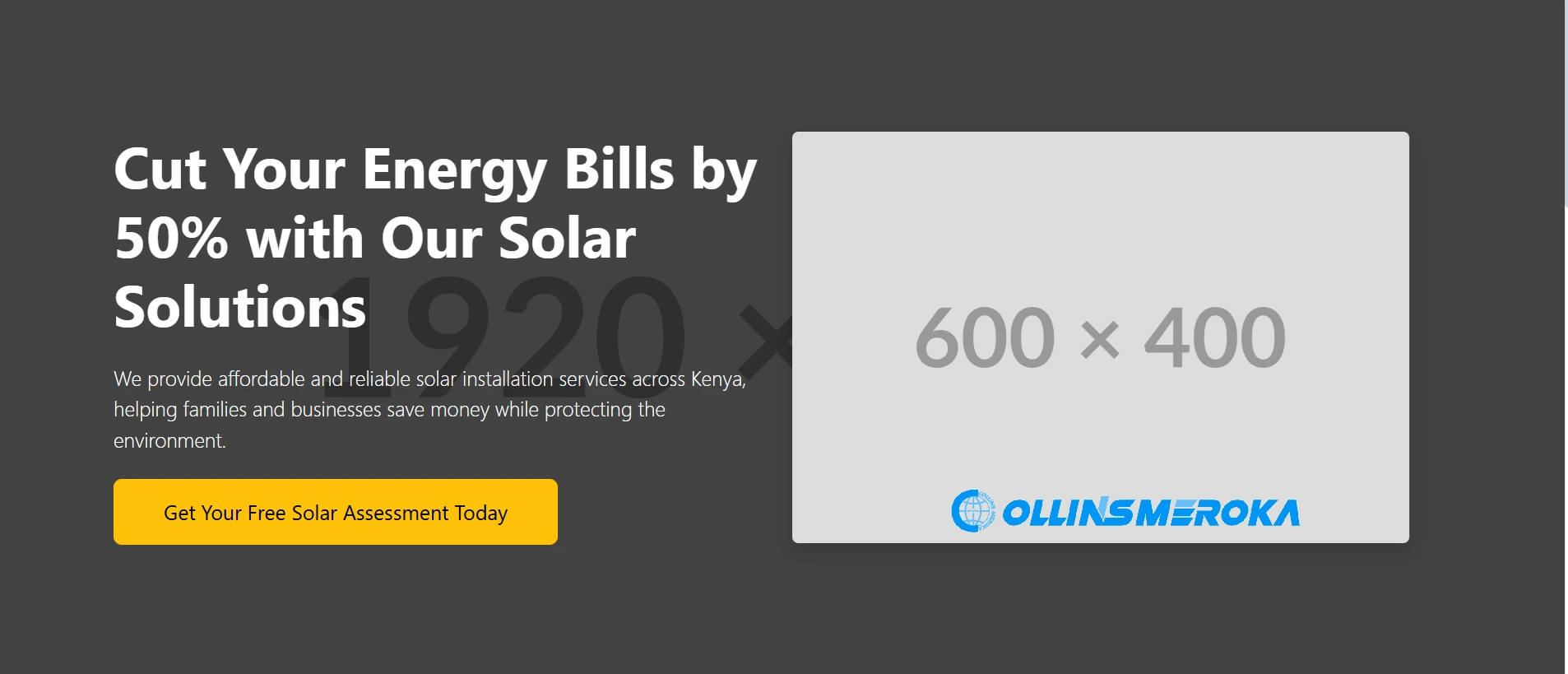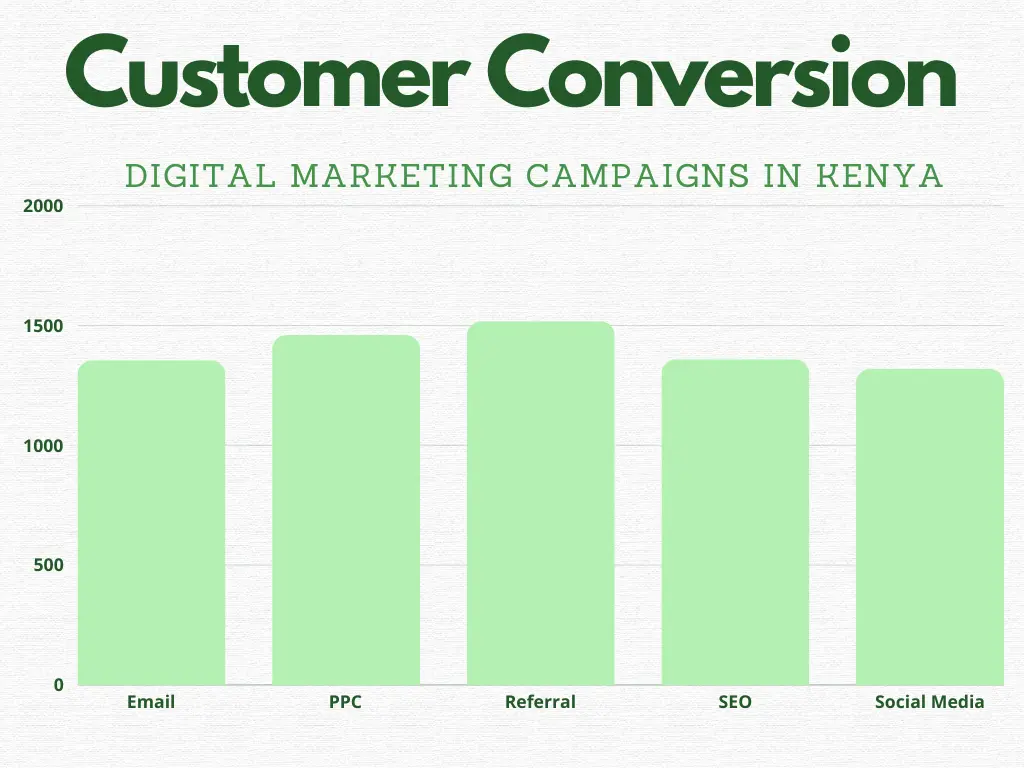
We are in an era where business environments are very dynamic. Companies must utilize marketing strategies that continuously adapt to meet the changing behaviors and preferences of consumers.
For businesses in Kenya, the stakes are high—effective digital marketing campaigns can mean the difference between thriving in a competitive market and being left behind.
Luckily, we have done a statistical analysis for digital marketers in Kenya to help understand customer interactions with various digital marketing campaigns, offering insights into what drives customer conversions.
Objectives of Report
The analysis covers demographic trends, campaign performance, and customer engagement metrics, all aimed at answering the critical question:
- What drives customer conversions in digital marketing?
- How can these insights be applied to optimize future campaigns in Kenya?
Middle-Aged Customers (35-50) with Higher Income Have a Higher Conversion Rate
Our analysis reveals a significant finding that can directly inform digital marketing strategies: middle-aged customers, specifically those between the ages of 35 and 50, exhibit the highest conversion rates across all age groups.
This demographic is often characterized by financial stability, established career paths, and a greater likelihood of making purchasing decisions compared to younger or older age groups.
The correlation between age and conversion rate suggests that customers within this age bracket are more receptive to marketing messages, particularly those that align with their needs and lifestyle.
Marketers should consider modifying their campaigns to appeal to this age group, focusing on products and services that resonate with their life stage—whether it’s related to family, career advancement, or lifestyle upgrades.
Additionally, income plays a crucial role in driving conversions. Higher-income customers, regardless of age, are more likely to convert. This trend is particularly pronounced among the middle-aged demographic, who typically have higher disposable incomes and are more inclined to spend on premium products and services.
For digital marketers in Kenya, targeting this demographic with tailored messages that emphasize value, quality, and exclusivity could yield higher conversion rates.
Referral Channels Yield the Highest Conversion Rates
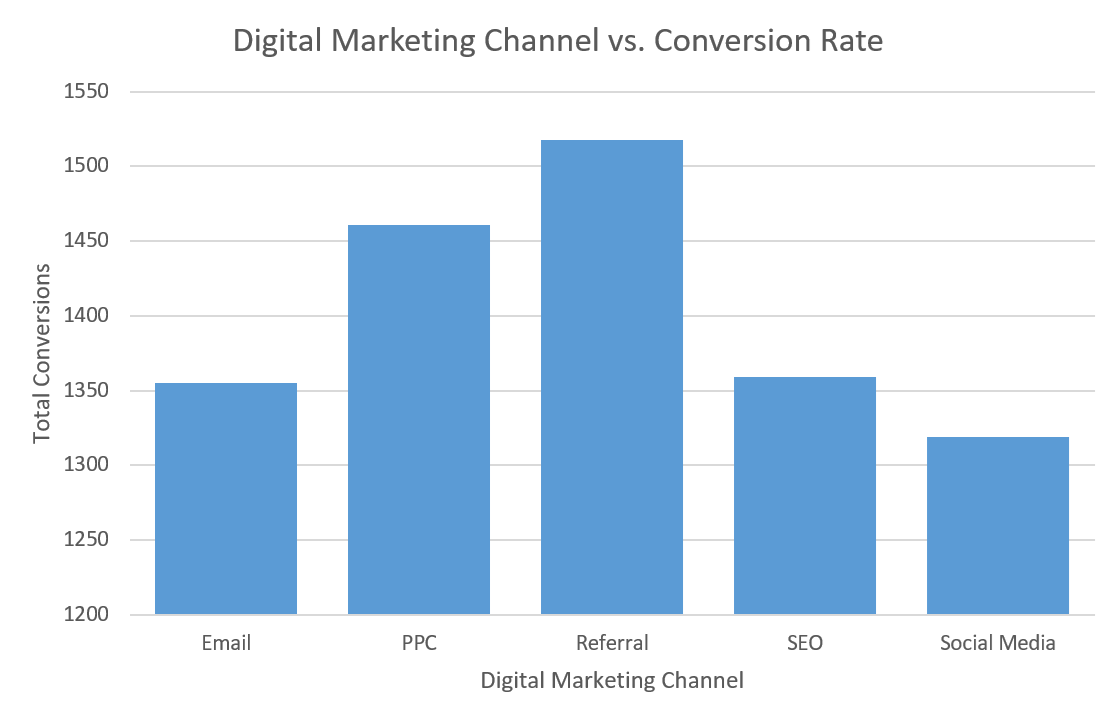
Our analysis reveals that Referral channels are the most effective in driving customer conversions, followed closely by PPC (Pay-Per-Click) campaigns.
This indicates that customers who are referred by someone they trust or who discover a brand through targeted ads are more likely to convert compared to those engaged through other channels like Email, Social Media, or SEO.
The strong performance of Referral channels underscores the power of trust and recommendations in influencing purchasing decisions.
When a customer is referred, they often come with a higher level of confidence in the brand, leading to a higher likelihood of conversion.
Similarly, PPC campaigns, which target customers actively searching for related products or services, are also highly effective in converting potential customers who already have a purchase intent.
From our results, social media channels tend to have lower conversion rates compared to Referral and PPC channels, likely due to the nature of user engagement on these platforms.
Social media is often used for browsing and social interaction, where users may not be in a purchase-ready mindset, leading to lower conversion rates.
Additionally, while social media is excellent for brand awareness and engagement, it might not drive immediate actions as effectively as referral programs, which leverage trust, or PPC campaigns, which target users with specific intent to purchase.
For digital marketers in Kenya, these insights highlight the importance of implementing robust referral programs and optimizing PPC campaigns.
Conversion Campaigns Achieve High Conversion Rates Even with Lower Ad Spend

There are 4 types of campaigns you can run as a digital marketing agency in Kenya:
- Awareness campaigns
- Retention campaigns
- Conversion campaigns
- Consideration campaigns
The results from the analysis of campaign types show that conversion campaigns are the most effective in driving customer conversions, significantly outperforming other campaign types.
These campaigns are specifically designed to encourage immediate action from the customer, such as making a purchase or signing up for a service, which directly translates into higher conversion rates.
Following Conversion campaigns, Awareness and Consideration campaigns also perform well, but to a lesser extent. Awareness campaigns are crucial for building brand recognition, while Consideration campaigns help potential customers evaluate their options.
However, these campaigns are more about engaging the customer early in their journey rather than driving immediate conversions.
Retention campaigns, which focus on maintaining relationships with existing customers, show the lowest conversion results in this analysis.
While these campaigns are essential for long-term customer loyalty, their immediate impact on conversions is less pronounced compared to Conversion-focused efforts.
As a digital marketer in Kenya, it is important to prioritize Conversion campaigns to achieve the highest return on investment, while also maintaining a balanced strategy that includes Awareness, Consideration, and Retention efforts to support overall brand growth.
High Loyalty Points and Previous Purchases are Strong Predictors of Conversion
Our analysis has uncovered that customers with high loyalty points and a history of previous purchases are significantly more likely to convert. This finding is particularly valuable for businesses aiming to maximize the lifetime value of their customers.
Loyalty programs are designed to reward repeat customers, encouraging them to continue engaging with the brand. The data indicates that these programs are effective, with higher loyalty points directly correlating with higher conversion rates.
Additionally, previous purchasing behavior is a strong predictor of future conversions. Customers who have made purchases in the past are already familiar with the brand, making them more likely to buy again, especially if they have accrued loyalty points.
This insight suggests that businesses should not only focus on acquiring new customers but also heavily invest in nurturing relationships with existing customers through loyalty programs and targeted marketing efforts.
For digital marketers in Kenya, this means prioritizing strategies that build and maintain customer loyalty. By offering personalized incentives and rewards, businesses can encourage repeat purchases and increase overall conversion rates.
Our experience shows that this approach not only improves customer retention but also enhances the effectiveness of marketing campaigns aimed at existing customers.
In Summary
The analysis of customer conversion rates in digital marketing campaigns has revealed several key insights that can significantly enhance the effectiveness of marketing strategies in Kenya.
If a digital marketing strategy in Kenya were to be optimized based on these findings, it should focus on the following four areas:
- Target middle-aged, higher-income customers: This demographic continues to show the highest conversion rates, making them the most responsive to marketing efforts. Campaigns should be tailored to their specific needs and preferences, with a focus on quality, exclusivity, and value.
- Leverage referral and PPC channels: Referral programs and PPC campaigns have proven to be the most effective channels for driving conversions. By focusing on building trust through referral programs and targeting high-intent users via PPC, marketers can maximize their conversion rates.
- Prioritize conversion-focused campaigns: Conversion campaigns have demonstrated the highest effectiveness in driving customer action. These campaigns should be central to any marketing strategy, supported by Awareness and Consideration efforts that nurture leads, while Retention campaigns, though important, may be used to maintain long-term customer relationships rather than immediate conversions.
- Capitalize on loyalty points and previous purchases: Customers with high loyalty points and a history of previous purchases are prime candidates for conversion. Marketing efforts should prioritize these customers by offering rewards and incentives that encourage repeat purchases, further strengthening their relationship with the brand.
Methodology
The dataset used for this analysis is titled "Predict Conversion in Digital Marketing Dataset," sourced from Kaggle, where it was provided by Rabie El Kharoua under the CC BY 4.0 license.
This dataset is rich in features relevant to digital marketing, including demographic information, marketing-specific variables, customer engagement metrics, and historical purchase data. It offers a comprehensive view of customer interactions with various digital marketing campaigns, making it ideal for predictive modeling and analysis.
- Link to Dataset: Kaggle Dataset
Data Cleaning and Preparation
Before conducting any analysis, we performed a data cleaning process to ensure accuracy and consistency:
- Missing values: The dataset contained no missing values, so no imputation was necessary.
- Categorical variables: Variables such as Gender, CampaignChannel, and CampaignType were encoded to facilitate analysis.
- Outliers: Continuous variables such as AdSpend and ConversionRate were checked for outliers, but no significant issues were found that warranted their removal.
- Normalization: Continuous variables were normalized where appropriate to improve the performance of statistical models.
Exploratory Data Analysis (EDA)
To gain an initial understanding of the data, we conducted an Exploratory Data Analysis (EDA) focusing on key features:
- Descriptive statistics: Summary statistics were generated for all variables to identify central tendencies and variabilities.
- Correlation matrix: A correlation matrix was created to identify relationships between numerical features, helping to pinpoint potential predictors of conversion rates.
- Visual analysis:
- Boxplots: Used to compare conversion rates across different campaign channels and types.
- Scatterplots: Analyzed the relationship between ad spend and conversion rates, segmented by campaign type.
These exploratory steps provided a foundation for more detailed statistical analysis, revealing initial patterns and insights that would inform the subsequent stages of the study.
Statistical Methods
Several statistical techniques were applied to uncover deeper insights:
- Correlation analysis: This was used to quantify the strength and direction of relationships between variables, particularly focusing on those that might predict conversion rates.
- Regression analysis: Multiple regression models were built to understand the impact of different demographic and engagement variables on conversion rates, helping to quantify the contribution of each factor.
- Clustering analysis: Customers were segmented based on demographics and engagement metrics, allowing for the identification of distinct groups that might respond differently to various marketing strategies.
These methods were chosen to provide a comprehensive view of the factors driving customer conversions and to produce actionable insights that can directly inform digital marketing strategies in Kenya.
Tools Used for the Analysis
- Python: The analysis was conducted using Python, with libraries such as Pandas, Matplotlib, and Seaborn for data manipulation and visualization, and Scikit-learn for regression and clustering models.
Related Articles
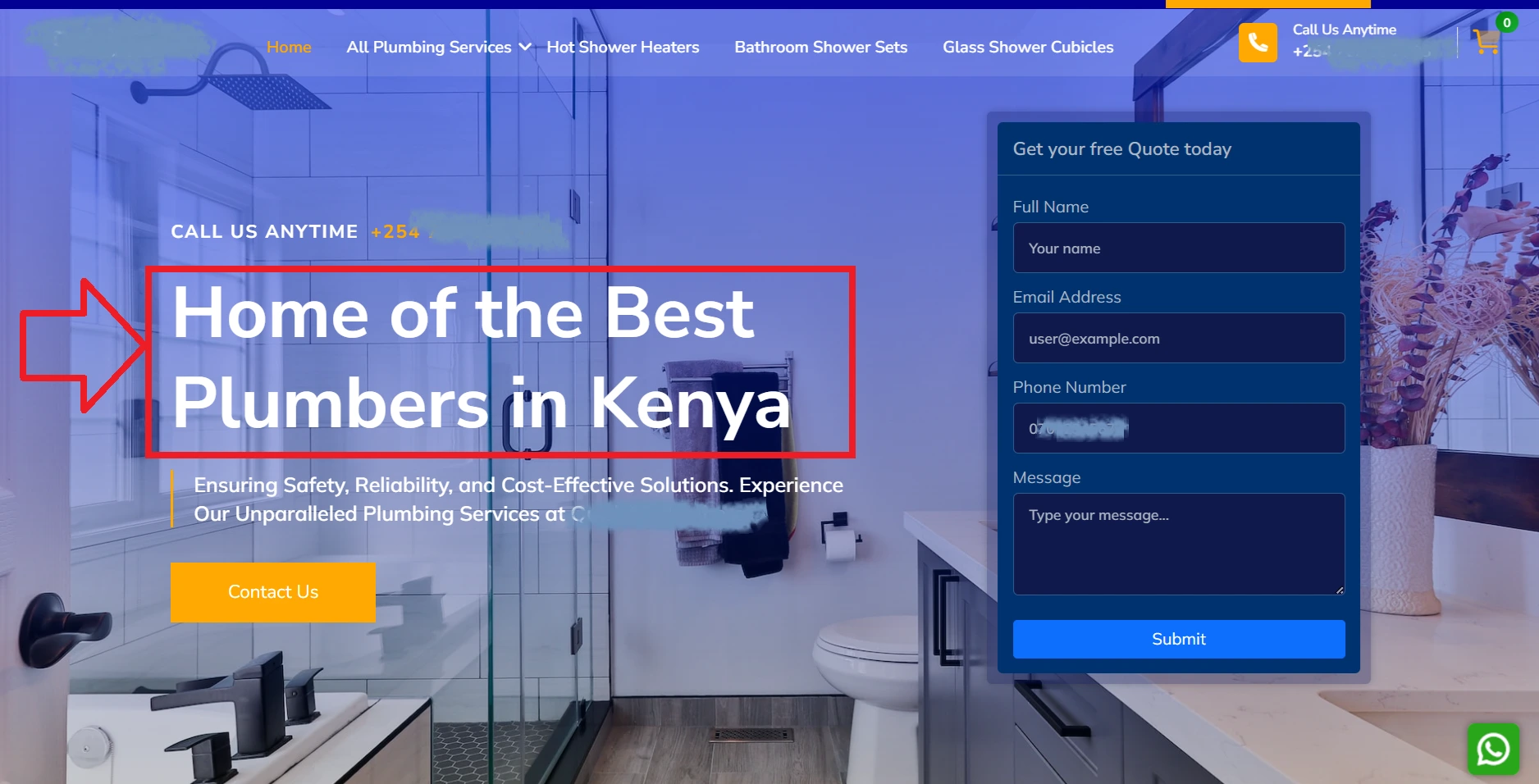
Effective Website Headlines with High Conversion Rates
Dec 26, 2024
12 Deceptive UX Design Patterns in Website Design
Dec 26, 2024
Why Overly Beautiful Websites Fail to Convert (And What to Do)
Dec 25, 2024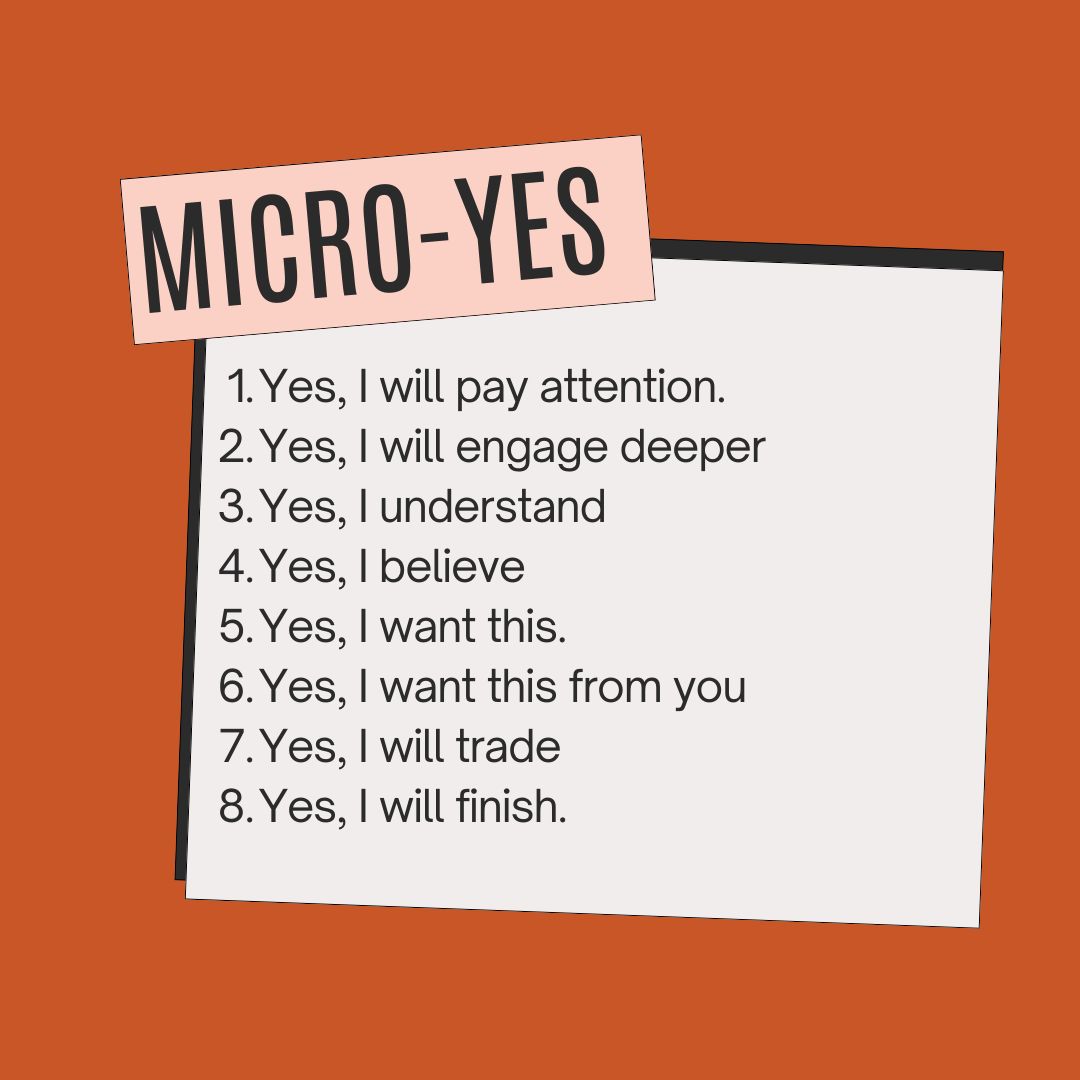
The 8 Micro-Yeses of a Landing Page and Website
Dec 24, 2024